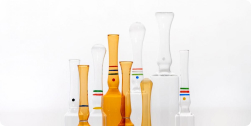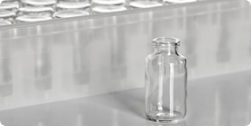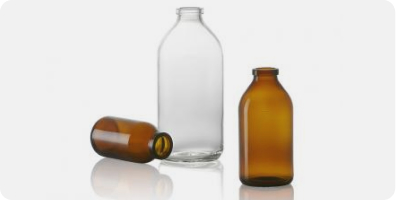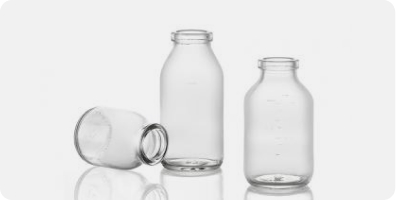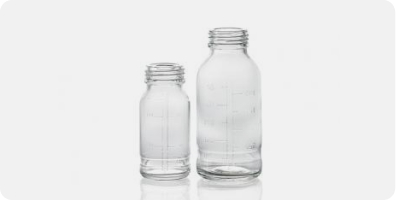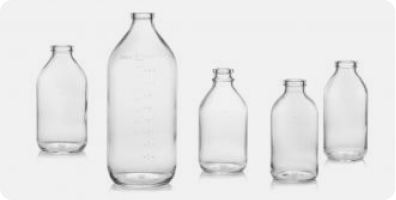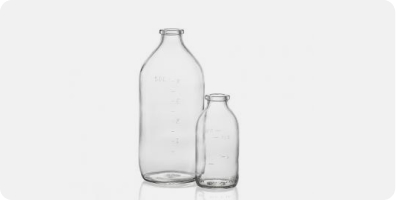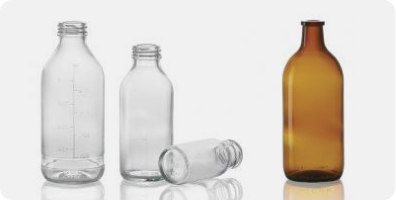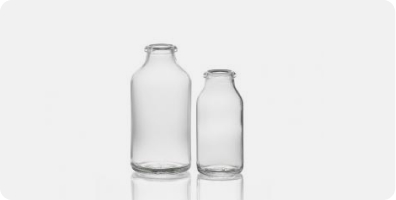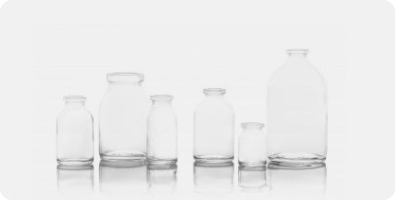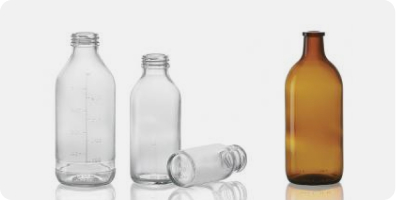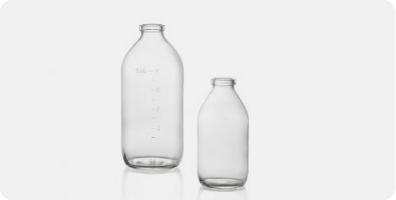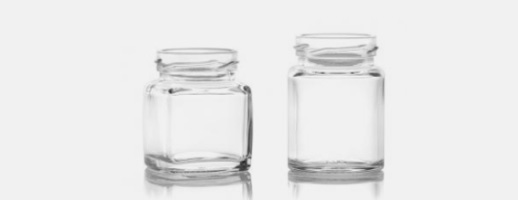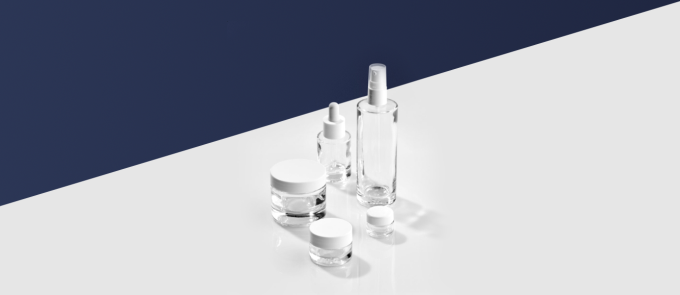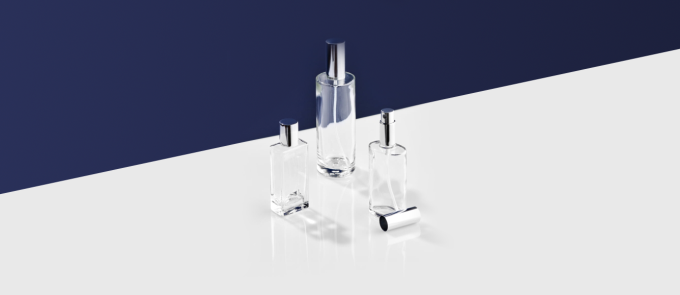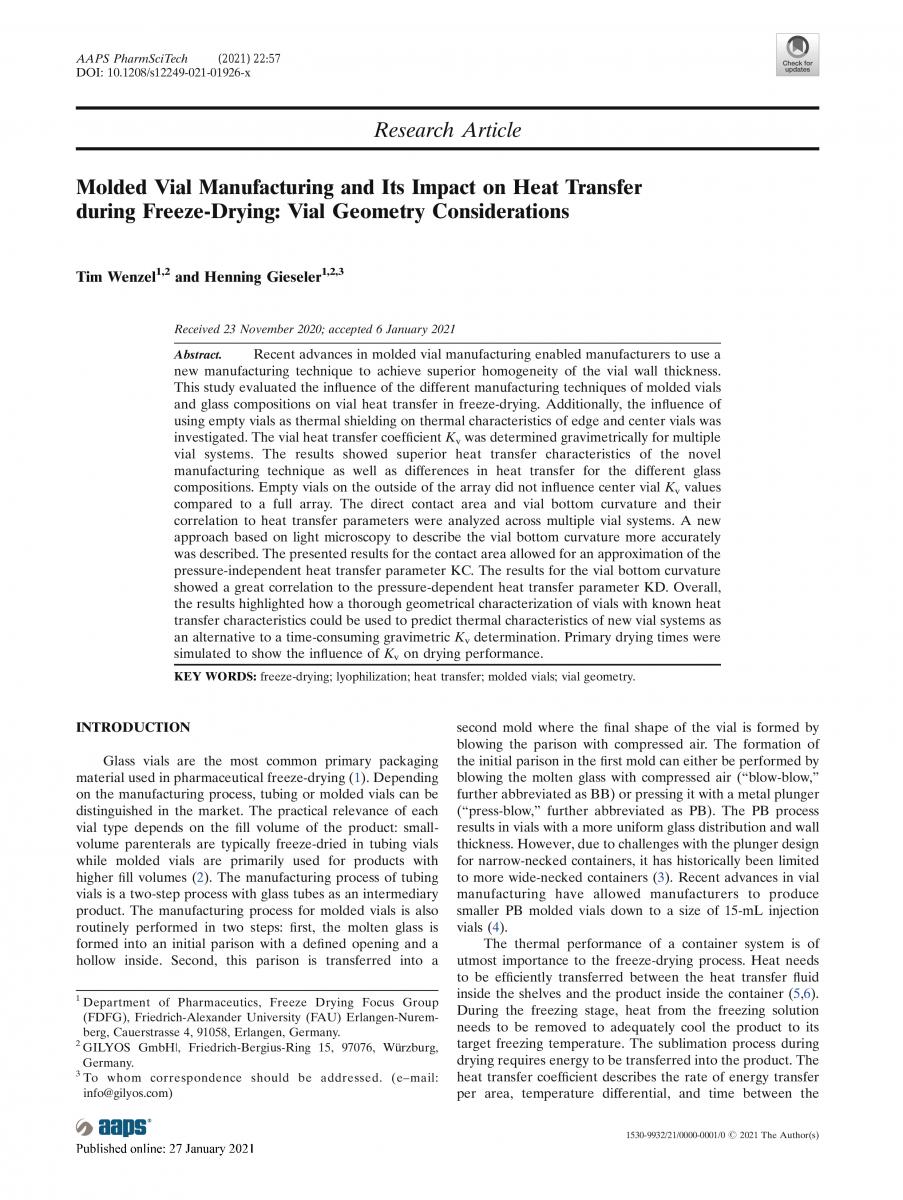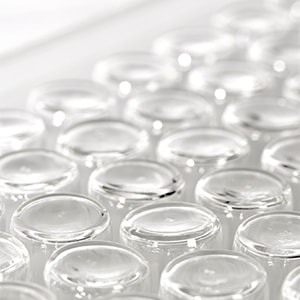Molded Vial Manufacturing and Its Impact on Heat Transfer during Freeze-Drying: Vial Geometry Considerations
Authors: Tim Wenzel & Henning Gieseler - AAPS PharmSciTech - 27/01/2021 - DOI 10.1208/s12249-021-01926-x
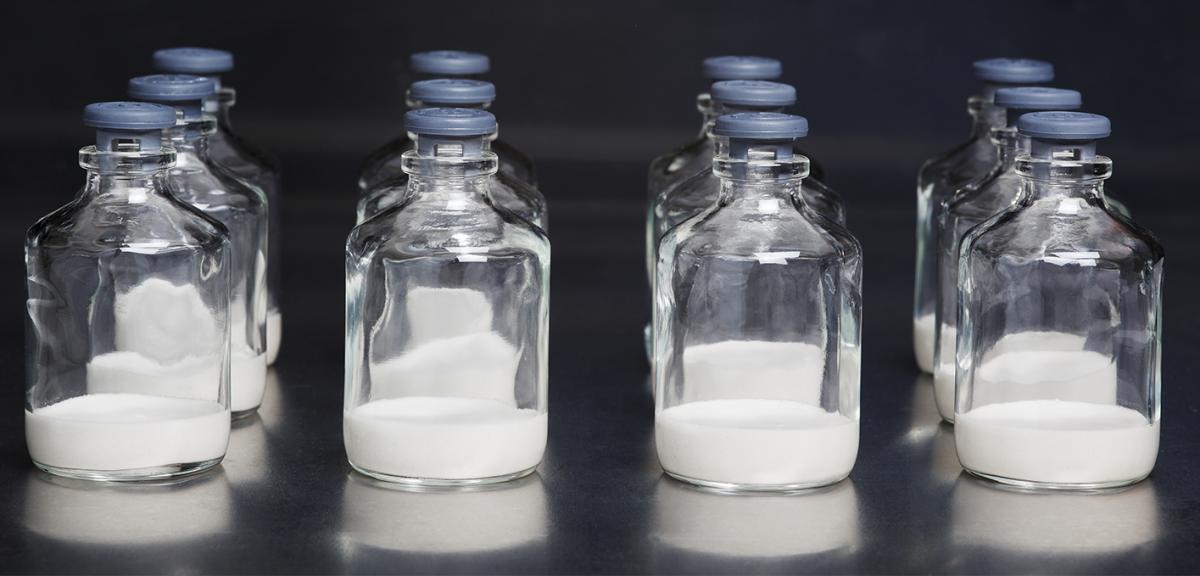
Abstract
Recent advances in molded vial manufacturing enabled manufacturers to use a new manufacturing technique to achieve superior homogeneity of the vial wall thickness. This study evaluated the influence of the different manufacturing techniques of molded vials and glass compositions on vial heat transfer in freeze-drying. Additionally, the influence of using empty vials as thermal shielding on thermal characteristics of edge and center vials was investigated. The vial heat transfer coefficient Kv was determined gravimetrically for multiple vial systems. The results showed superior heat transfer characteristics of the novel manufacturing technique as well as differences in heat transfer for the different glass compositions. Empty vials on the outside of the array did not influence center vial Kv values compared to a full array. The direct contact area and vial bottom curvature and their correlation to heat transfer parameters were analyzed across multiple vial systems. A new approach based on light microscopy to describe the vial bottom curvature more accurately was described. The presented results for the contact area allowed for an approximation of the pressure-independent heat transfer parameter KC. The results for the vial bottom curvature showed a great correlation to the pressure-dependent heat transfer parameter KD. Overall, the results highlighted how a thorough geometrical characterization of vials with known heat transfer characteristics could be used to predict thermal characteristics of new vial systems as an alternative to a time-consuming gravimetric Kv determination. Primary drying times were simulated to show the influence of Kv on drying performance.
Read the full article:

